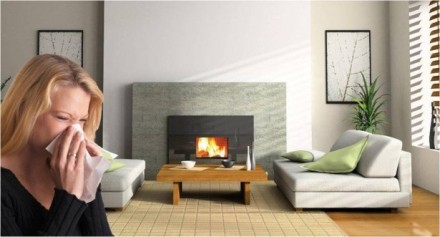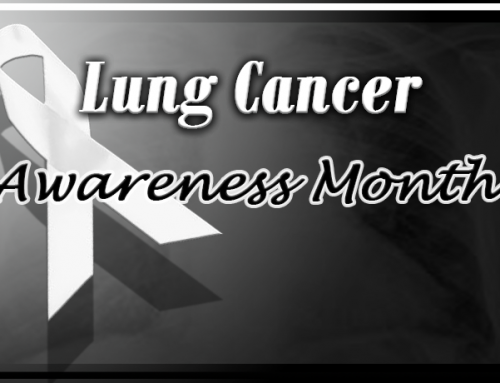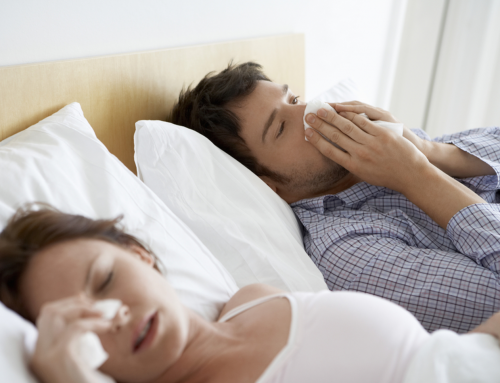You are constantly warned about how severe your allergies can get when outside; but did you know that allergy triggers can be found inside your own home?
There are multiple triggers all around your home, some may be obvious, but others are not. Learn about 10 allergy triggers that can be found in your home, as well as what to do about it.
- Pets. Pets are one of the most common allergy triggers. If you or a family member is allergic to pets, avoid having a pet in the home, and avoid contact with pets while outside. If you do come into contact with a pet, wash and dry your clothing with water above 130 degrees. Shower immediately to remove any lingering pet dander.
- Dust. Dust and dust mites can cause allergy and asthma flares. Cleaning surfaces regularly can help eliminate the risk of allergy and asthma symptoms, but avoid cleaning too often, as some cleaning chemicals could actually trigger allergies.
- Chemicals. Household chemicals and hairsprays or perfumes may also be a trigger for your allergies. Particles from these items linger in the air even after usage. Symptoms from chemical allergies can include itchy or watery eyes, or an itchy nose. If you notice these symptoms after cleaning or using chemical products, discontinue use immediately.
- Cloth. Your carpets, drapes, bedding and pillows can trap allergens, such as pollen or pet hair, and cause allergy and asthma flare-ups. Wash your bedding and carpets on a regular basis. Thoroughly clean your house, including cloth couches, chairs and drapes, regularly. Purchase a vacuum with a HEPA filter and use it once or twice a week.
- Toys. Dust mites thrive with room temperatures above 70 degrees, or humidity above 40%. Stuffed animals can become a breeding ground for dust mites, but freezing toys can kill dust mites.
- Cockroaches. As gross as it sounds, cockroaches are also a common cause of indoor allergy triggers. Much like dust or dust mites, roaches can be found in many places. Much like your pets, it’s not the roach itself that you are allergic to; it’s what falls from the roach. There is a protein found in cockroach droppings that causes allergies. Block or seal open cracks in your home, keep your food in containers or in the fridge and make sure your pet dishes are put away to avoid cockroaches in your home.
- Mold. Mold is a very common and well-known cause of allergies, and it is also very serious. Mold can be found in more places around your home than you think. Leaving a wet sponge out, or leaving clothes in the washing machine for too long without rotation can create mold. Mold can also be found in the edges of your shower caused by the steam and moisture of your bathroom. A safe and easy way to get rid of mold is to use water, detergent, and 5% bleach to clean the affected areas of your home. Areas larger than 10 square feet may require professional cleaning to thoroughly remove all mold.
- Humidity. Humidity can cause mold to grow in any place that holds moisture and can be worse in the summer months after it rains and when it is humid. Use your air conditioner regularly and don’t forget to replace the filter. Installing a HEPA air purifier can help as well.
- Smoke. Cigarette smoke is one of the most common factors for household allergies and asthma. Even after someone is done smoking, smoke particles often get trapped in the air or on household items or furniture, causing allergies and asthma to worsen when indoors. If you live with someone who smokes, it is important for them to smoke outside.
- Smog. Other types of smoke, such as smog and outdoor pollution can also trigger allergies. If you live in an area with high pollution, be sure to regularly wash your clothing and bedding.
For more information on allergies and prevention visit https://lungcare.net






Leave A Comment